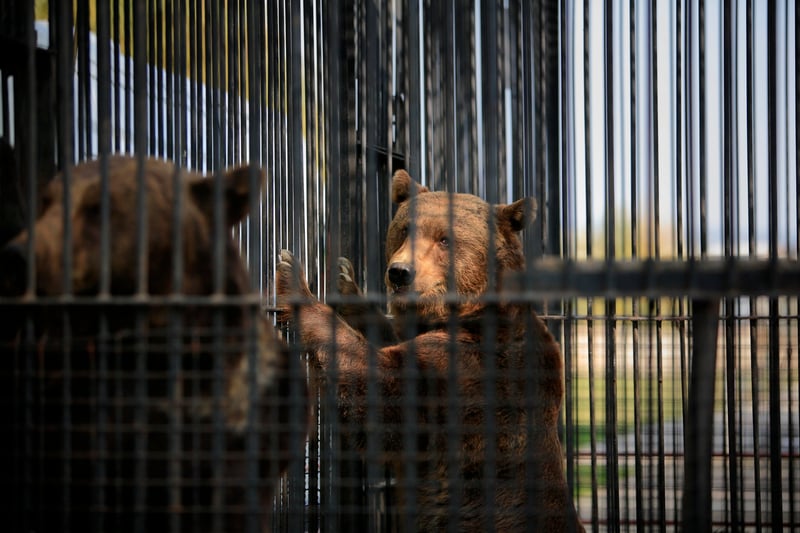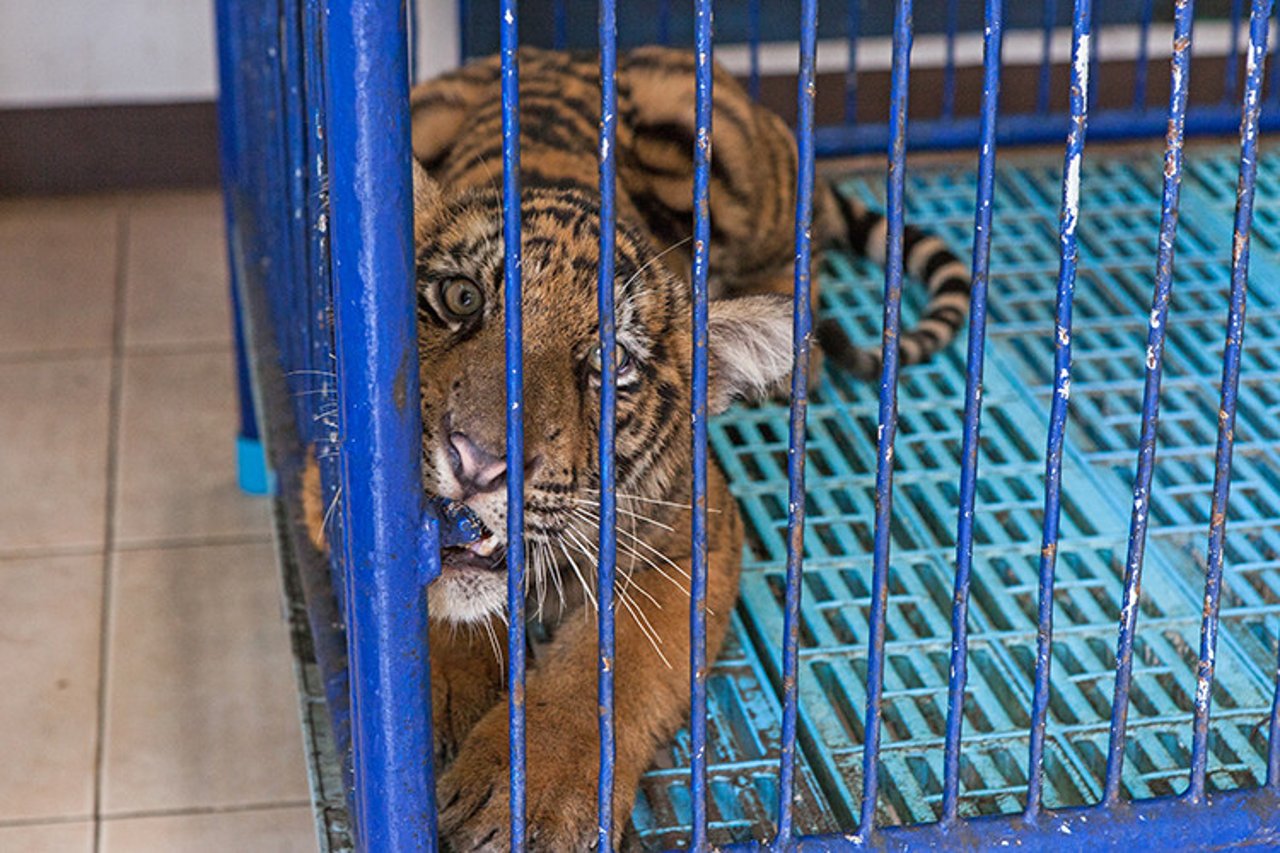
What The Television And Film Industries Don't Tell You About Captive Wild Animals
Blog
What The Television And Film Industries Don't Tell You About Captive Wild Animals
Americans are very used to seeing animals on the big screen. Whether it's Marcel the monkey from "Friends" or Keiko the orca from "Free Willy," many of us have grown up seeing animals perform for our entertainment. What the viewing public isn't exposed to, however, is the mistreatment of these animals in the industry and how their welfare usually ends up being severely compromised.
Captive wild animals used in film and television typically spend their lives in cages, being carted to different locations and forced into confusing and disorienting settings. These animals lead sad lives where they cannot act on their natural instincts. Even the most well-intentioned animal exhibitors will deprive the animals of their basic environmental, health, behavioral and psychological needs necessary for their welfare. The animals typically miss out on companionship and the ability to socialize with other animals. They suffer from a lack of exercise and the ability to hunt, forage, or roam long distances, as they might in the wild.
Even when bred in captivity, wild animals will never lose their wild instincts. Unlike dogs and cats that have been domesticated over thousands of years, wild animals have not evolved to deal with the rigors of transport and unfamiliar environments can be incredibly stressful to them. The exploited animals are usually babies who are separated from their mothers shortly after birth. When they become too large, old and uncontrollable, many are discarded at roadside zoos where they are likely to spend the rest of their miserable lives in a concrete box.
Images of wild animals in unnatural settings can also create harmful misconceptions about the animals. A 2011 study published in the journal PLoS One, for instance, found that people are more likely to falsely believe that chimps are not endangered after seeing them depicted in unnatural, human-like situations. Studies also suggest that such images are likely to fuel the mistaken belief that wild animals make good pets, when, in fact, wild animals do not make good pets and are prohibited from being owned in many cities throughout the country.
World Animal Protection US works with advertising companies to end this cycle of cruelty to wild animals. Many of the world's leading advertising companies—such as BBDO, DDB, Grey, Leo Burnett, McCann, and Y&R—no longer use non-human primates and other wildlife in their work. Forward thinking advertisers demonstrate the world of possibilities beyond using live animals, such as through CGI and animatronics. By committing the advertising industry to no longer use captive wild animals in their ads, we are taking a stand for wild animals and working towards a world where wild animals are no longer exploited for entertainment.

